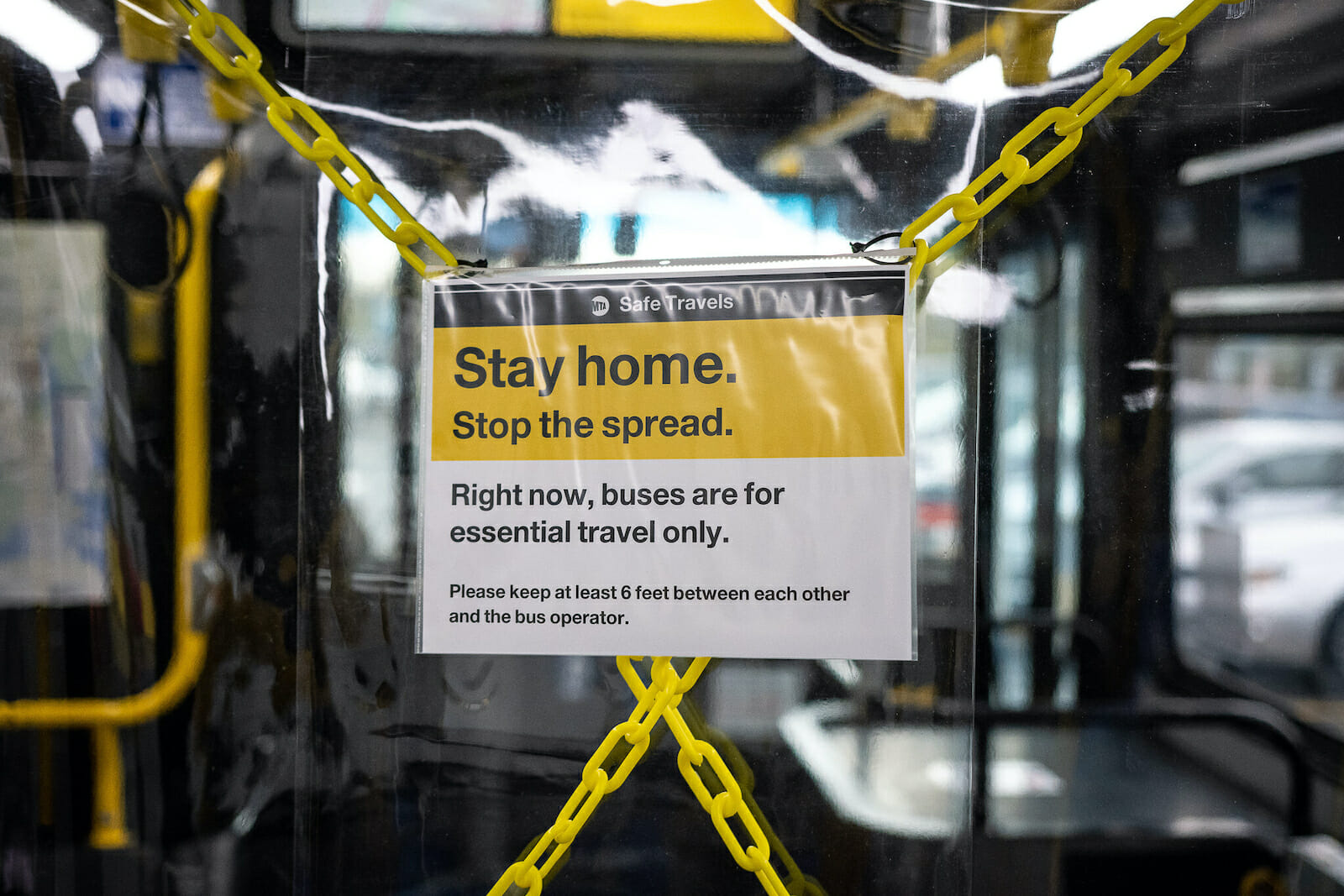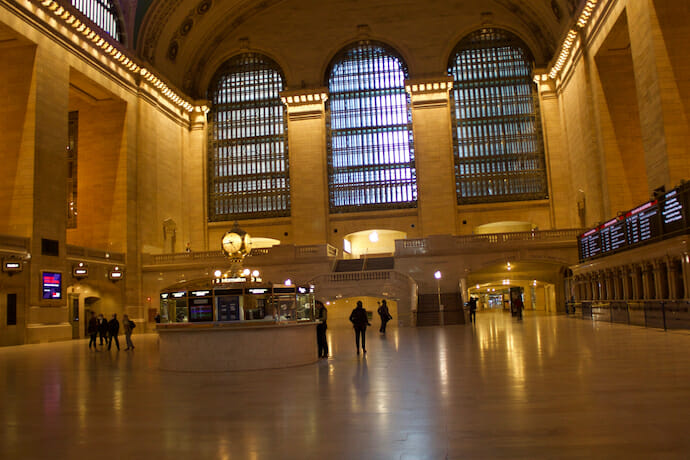
Tech
After COVID-19: Permanent Changes and Evolution of Smart Cities
The COVID-19 pandemic we are collectively facing is going to permanently impact more areas of everyday life in the United States than we realize. The changes will be a lot more than just redefining some of our healthcare responses, hospital procedures and the CDC’s framework for dealing with national emergencies.
There are other areas in business, customer service, education, and transportation that could be radically different.
In coping with changes because of the pandemic, some of us have come to realize the need to re-evaluate many areas including education, transportation, commercial real estate, and emerging concepts like smart cities and intelligent infrastructure.
Building for the future means advancing from the past. We cannot sustain old ideas and infrastructure from two centuries ago which do not support the dynamic global markets of the 21st century.
Traditional public school education has been around since the end of the 19th century and has been firmly entrenched in everyday life. The three R’s: rote, repetition, and routine, that were taught in public schools really related to the skill sets needed to train people for industrial age jobs. These three skills added up to regimentation. Exactly what was needed to be successful in factory jobs in industrial age America, but not exactly the correct critical skill sets needed today.
Today, the skills needed for real careers and challenging jobs are fact-based skills: flexibility, adaptability, creativity, and technology skills. Most public schools are not teaching these new skills which are the basic foundation for the jobs of today and tomorrow. They are tied to the past and public school graduates reflect this disconnect in applicable skills.
With the closing of schools for the rest of this year in many areas, maybe it’s time to take some time to re-evaluate the whole concept of delivering primary and secondary education from a 19th-century model to a more modern model that incorporates the latest technologies and electronic delivery methods to improve education. With courses developed to be delivered electronically to group interaction with people on your laptop with technologies like Zoom, the field of education needs to catch up and start using the technology already out there to deliver thought-provoking course work for individuals as well as group interactions to develop team skills and group dynamics.

The new approach for public school education may be to deliver its content electronically rather than from a bunch of brick-and-mortar institutions dating back to the horse-and-buggy days. Automation and new technologies, which have improved so many other industries and institutions, are long overdue in being implemented in a modern-day framework addressing the area of public school education.
Public transportation also needs to be reviewed and revamped. With more people telecommuting on a permanent basis, that could negate the need to keep adding onto rail systems and bus lines. What will the change be to the viability of mass transit, if more do not need to go “into the city” on an everyday basis?
Long before the pandemic, I saw several bus routes with one or two passengers on the bus aside from the driver. That is not mass transit, that is a colossal waste-of-money. We need to be cognizant of changes in transportation needs and be ready to modify or cut back wasteful routes.
In places like Chicago, the region is long overdue for the consolidation of four different boards and agencies that basically overlap one another in the area of transportation. The CTA (Chicago Transit Authority), the RTA (Regional Transportation Authority), METRA (Metropolitan Rail), and PACE (Suburban Bus division) all have boards of directors and chairpersons that could be consolidated into one board that focuses on regional transportation. We should not build more monuments to a redundant bureaucracy that are no longer viable in the new post-virus economy.
The need for multiple fiefdoms to oversee public transportation is a waste of money and resources which the state of Illinois, as well as other states, just cannot afford anymore. With a pension deficit of over $220,000,000,000 and climbing in Illinois, there is a great need to consolidate boards and redundant agencies. This problem is not only in Illinois but in other states as well. Now would be a good time to review and reassess their viability and applicability.
Commercial real estate companies may also feel a residual effect from COVID-19. As more people telecommute for work, the need for as much office space drops in many metropolitan areas. Connections become more important in multi-tenant residential buildings where more of the tenants may need high-speed broadband connectivity to connect into their companies’ computer systems.
Workspace requirements will also be re-evaluated, and we may leave the “open space” approach that gained popularity in the last 5-7 years and go back to cubicles which had a better definition of personal space. The market will dictate what is viable and what is obsolete.
The concept of smart cities may also evolve. From just developing a focus on commercial office buildings having a lot of supporting technology for corporate tenants, to also including more multi-tenant residential buildings having redundant broadband connectivity available for every tenant due to the increased need of connecting into work from home. This adds to the shift of the most three important words in real estate: location, location, and connectivity for commercial office space as well as high-tech residential space in both domestic and global markets.
Mission-critical infrastructure is needed if a city is to become competitive in the 21st century. Those touting smart cities need to focus on more than just their promotional rhetoric. “Building for the future” is a very hollow statement, when funding is aimed toward maintaining the bureaucratic monuments of the past.
